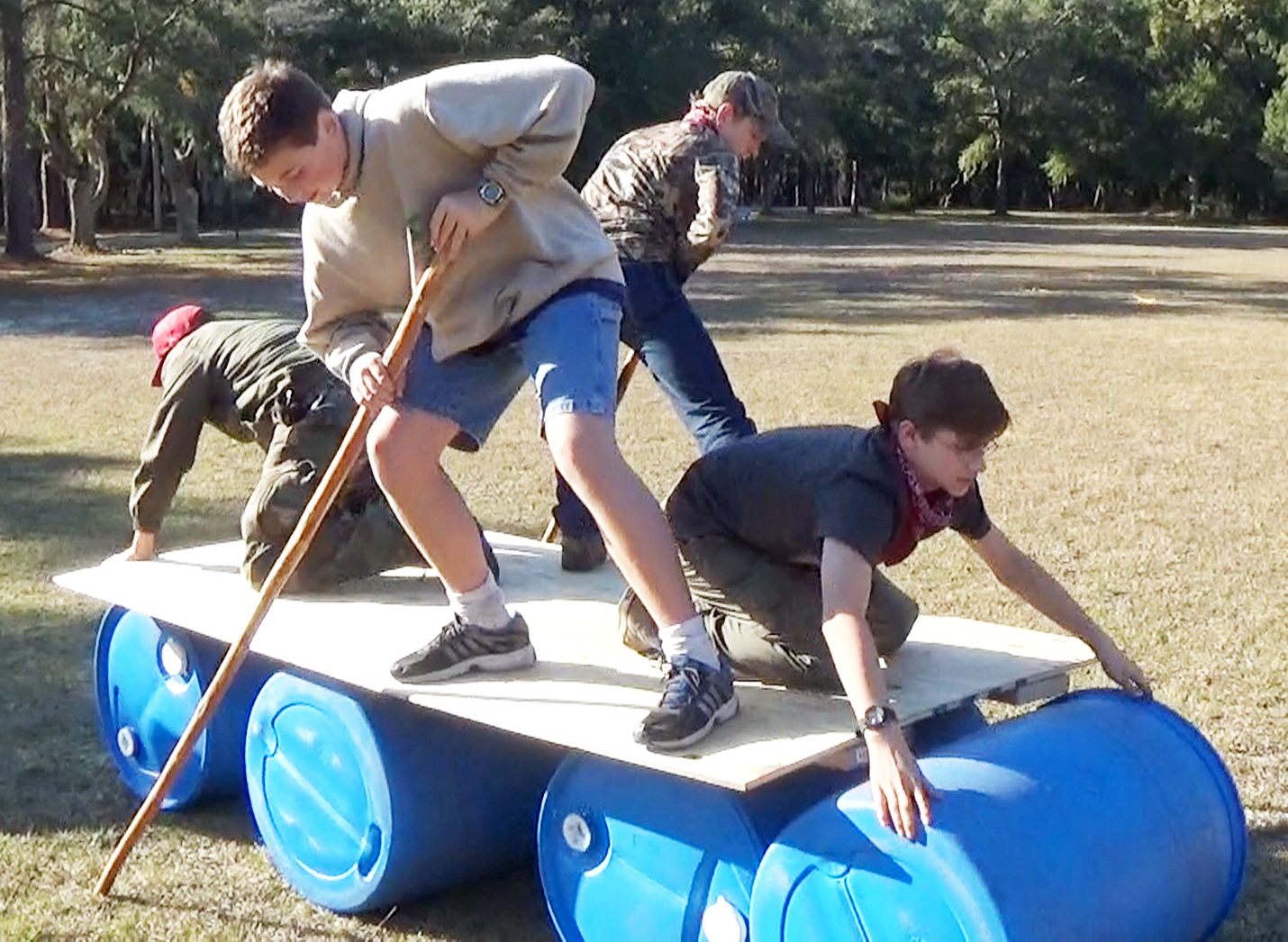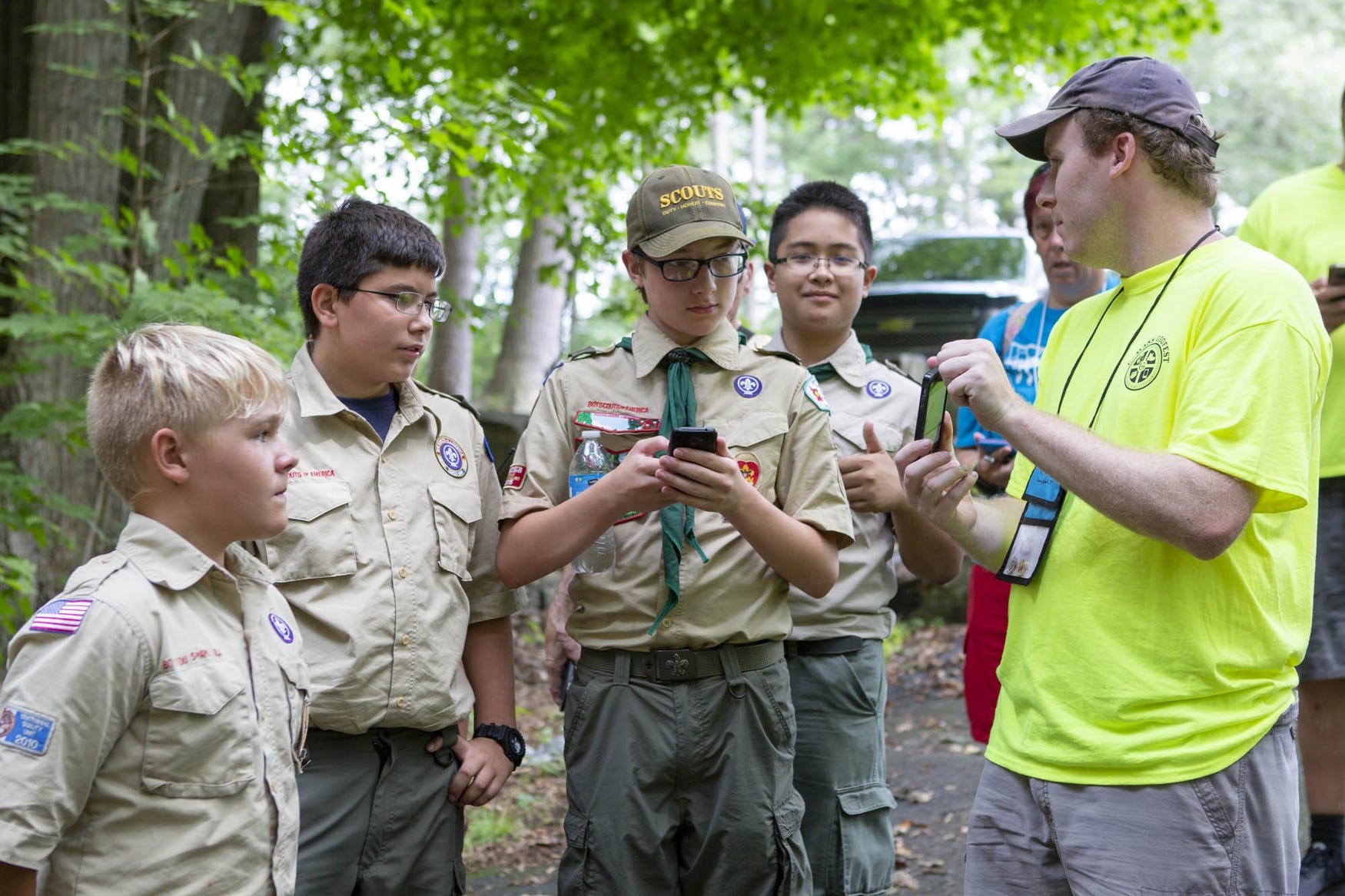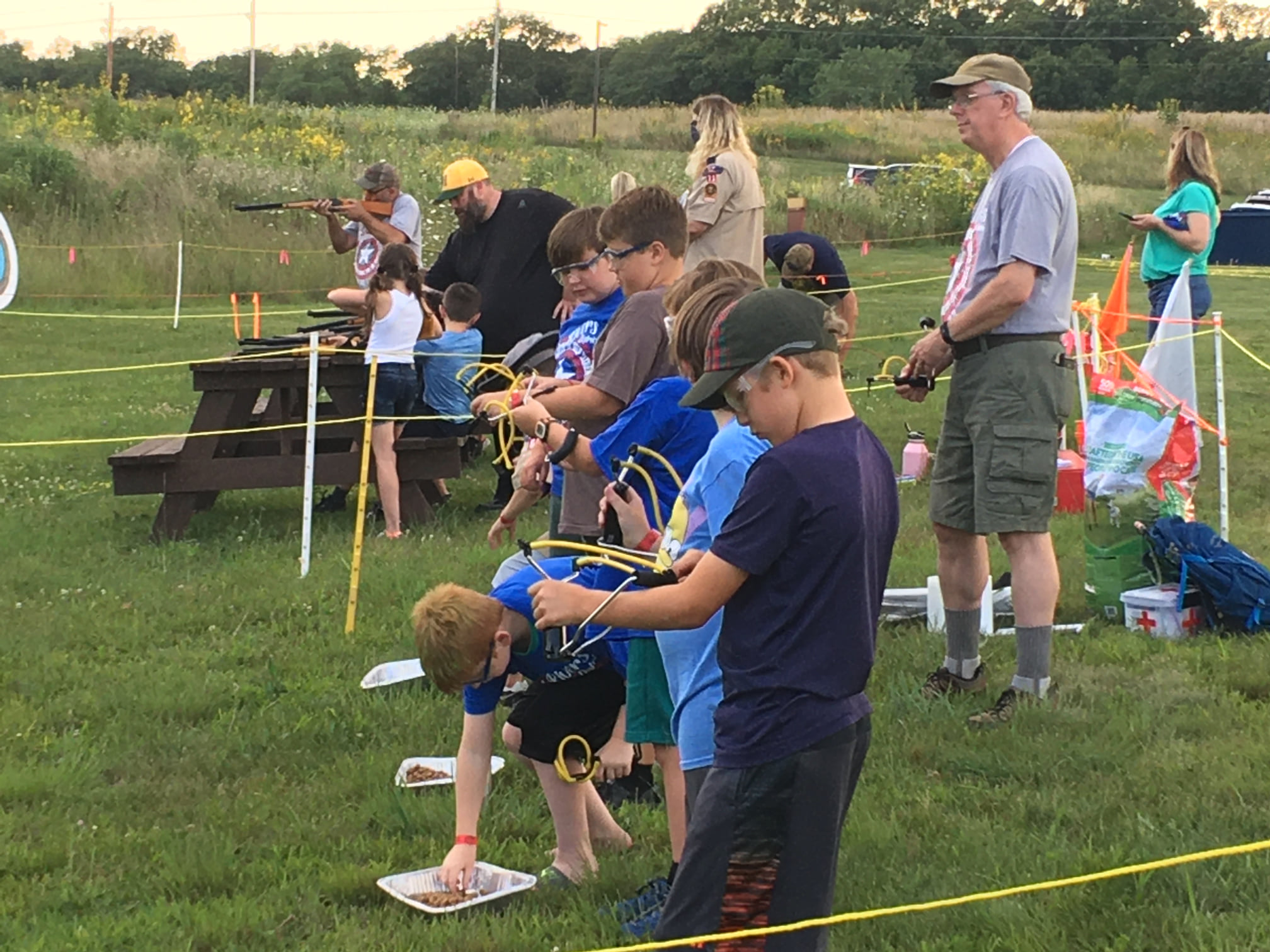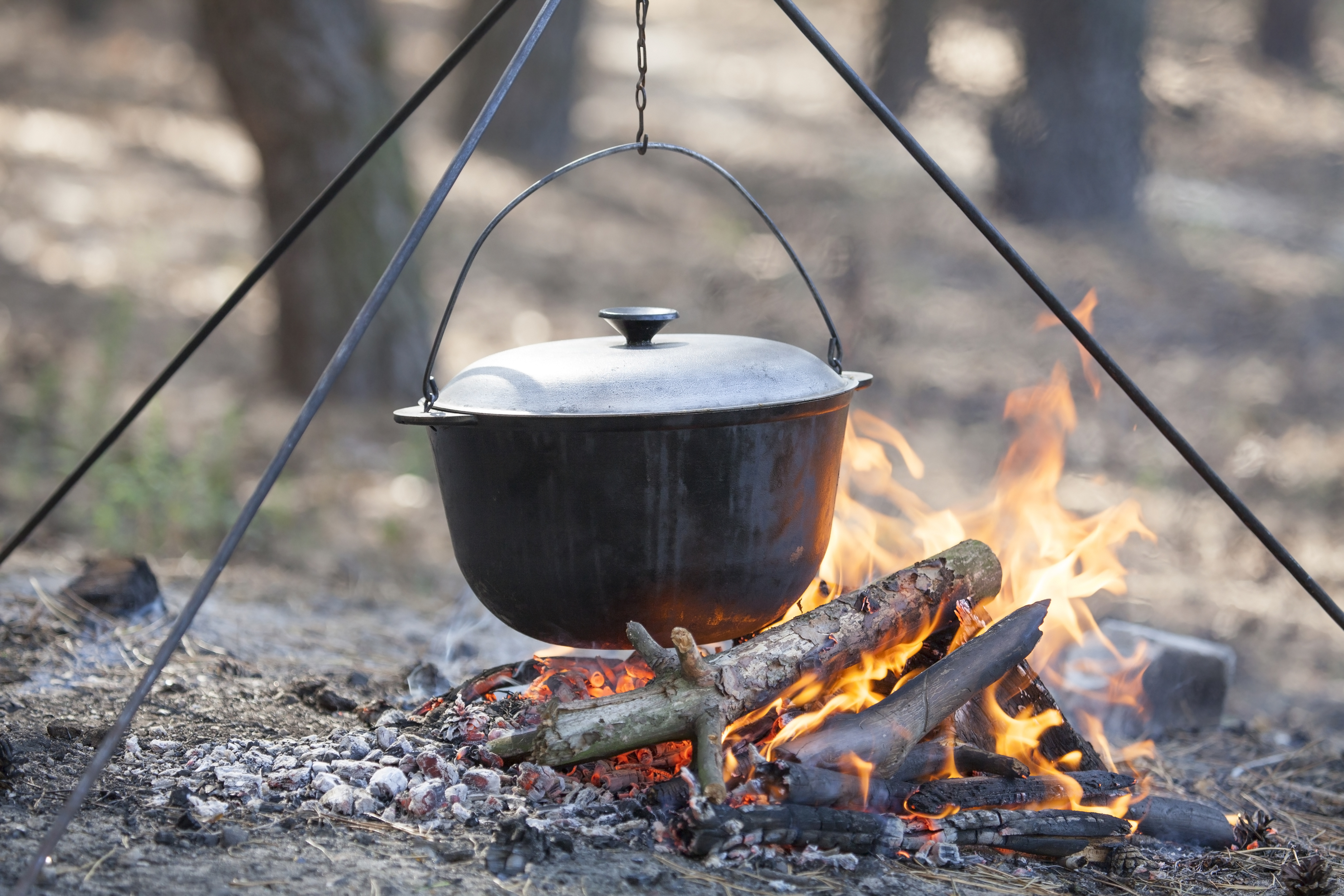The philosophy of the BSA (Boy Scouts of America), as seen in their motto, “be prepared”, suggests that there’s always an adventure around the corner. Young scouts live up to this philosophy with vivid imaginations and expectant hearts for that next adventure. As a Scout leader or instructor, it may be difficult to keep up with activities ensuring robust scout development. So, here’s a list of 20 fun activities to keep the adventure going for your troops.
1. Backpacking

Backpacking is one popular scouting activity that involves traveling through a wilderness region or along a route while carrying all the essential gear and supplies in a backpack. Scouts are physically and intellectually challenged in this activity because they must plan and prepare for the trip, carry adequate clothing and food, negotiate the terrain, and work as a team to achieve their goals.
Learn More: ScoutSmarts
2. Bird Watching

Scouts watch birds in their natural habitat during this observation and identification activity. This sharpens their observation skills and teaches them about many bird species’ behavior, habitat, and features.
Learn More: U.S. Scouting Service
3. Team Building

Team building activities can range from physical challenges like rope courses, obstacle courses, and troop games to cerebral ones like puzzles, treasure hunts, and strategy games. Whatever the activity, scouts are encouraged to work together to achieve a shared goal, to trust and rely on one another, and to form strong connections of friendship and fellowship.
Learn More: Ultimate Scouts
4. Historical Reenactments

Historical reenactment is a popular Boy Scout activity that includes recreating a special event or time of history using costumes, props, and role-playing. Scouts can learn about the history and cultural heritage via reenactments in a fun and interesting way.
Learn More: Scouter Mom
5: Geocaching

Geocaching is a pleasant and instructive activity that Scouts of all ages and ability levels may enjoy. Scouts utilize GPS technology to locate hidden caches or containers outdoors. This allows them to strengthen their navigation and problem-solving skills and prompts them to pay attention to detail.
Learn More: Troop Leader
6. Astronomy

Scouts can participate in astronomy activities by attending star parties, using telescopes or binoculars, and learning about constellations and the night sky. This activity encourages Scouts to understand the marvels of the cosmos and the necessity of space exploration.
Learn More: Women in Astronomy
7. Rafting

Most Scouts would appreciate the thrilling and gratifying exercise of rafting. Kids can take part in rafting by learning basic paddling and safety procedures and working as a team to overcome rapids and other challenges. Rafting allows Scouts to improve their physical and mental strength, communication, and teamwork abilities.
Learn More: River Runners
8. Rock Climbing

This challenging and fascinating exercise involves climbing up natural or manufactured rock formations utilizing specialized gear and equipment. Scouts can improve their physical strength, balance, and problem-solving abilities through rock climbing. This exercise also enables Scouts to face their fears and conquer challenges while growing confidence and faith in themselves.
Learn More: Elite Climbing
9. Fire Building

Scouts will learn how to build a safe and effective campfire for cooking, warmth, and light. Scouts may help construct fires by learning about fire safety, selecting proper wood and kindling, and utilizing various fire-starting tools including matches, lighters, and fire starters.
Learn More: Boy Scout Trail
10. Camping

Camping is a fundamental activity for Boy Scouts in which children spend one or more nights in a natural or outdoor setting. Scouts engage themselves in the camping experience by acquiring outdoor skills such as tent setup, open-fire cooking, and hiking or backpacking. This allows them to improve their independence, collaboration, and problem-solving abilities while cultivating a love and appreciation for nature and the outdoors.
Learn More: Scouts
11. Knot Tying

Knot tying is a fun and practical exercise that involves learning to tie and utilize various knots for fastening a tent, tying up a gear, or creating constructions. Scouts learn about numerous types of knots, their applications, and how to tie and untie them properly. Scouts may use this project to hone their fine motor skills and problem-solving abilities and develop good collaboration skills.
Learn More: Cub Scout Ideas
12. Fishing

Fishing is a popular and satisfying activity where scouts capture fish in a number of ways. Scouts learn about fishing gear, fish ecology, and conservation. This activity allows them to practice patience, endurance, and respect for wildlife and the environment.
Learn More: Scouting Magazine
13. Service Activities

Service projects are essential to the Boy Scout experience as they allow Scouts to give back to their communities while developing leadership qualities. Volunteering at food banks, cleaning up parks and public places, arranging blood drives, and building or repairing structures for local groups are all examples of service activities.
Learn More: Boy Scouts of America
14. Scavenger Hunts

Scavenger hunts are a fun and interesting exercise for Boy Scouts that require them to seek and gather a list of items or clues. Scouts may use scavenger hunts to improve their problem-solving, critical thinking, and collaboration abilities.
Learn More: Classroom
15. Outdoor Games

Capture the flag, relay races, scavenger hunts, water balloon games, and other team-building activities are popular outdoor games for Boy Scouts. Outdoor sports allow Scouts to improve their physical fitness, coordination, and teamwork abilities.
Learn More: ScoutSmarts
16. Outdoor Cooking

Outdoor cooking activities allow Scouts to learn about food preparation and cooking in a natural or outdoor environment. Outdoor cooking also prompts Scouts to develop their culinary skills, teamwork, and problem-solving abilities.
Learn More: Cub Scout Ideas
17. First Aid Training

First aid training is an important exercise for Boy Scouts as it teaches them how to respond to situations and provide basic medical care in the outdoors. Scouts can participate in first aid training by learning how to diagnose and treat common injuries and illnesses, do CPR, and use first aid supplies.
Learn More: Boy Scout Trail
18. Hiking

Scouts get to explore nature on foot in this activity. They contribute by choosing appropriate paths, preparing their gear, and learning fundamental hiking skills such as navigation and trail etiquette. Hiking allows them to improve their physical fitness, endurance, and enjoyment of nature.
Learn More: Scouts
19. Archery

Archery is an exciting activity in which scouts learn fundamental shooting methods, safety standards, and target range protocols. This practice also trains students to be patient and persistent, and create objectives.
Learn More: Boy Scouts of America
20. Wilderness Survival

Wilderness survival training is an important activity for Boy Scouts because it teaches them how to deal with emergencies. Scouts learn how to build shelters, kindle fires, find food and water, and signal for help in the training. Participants are equipped with the tools and knowledge to be self-sufficient and prepared for any scenario.
Learn More: ScouterLife